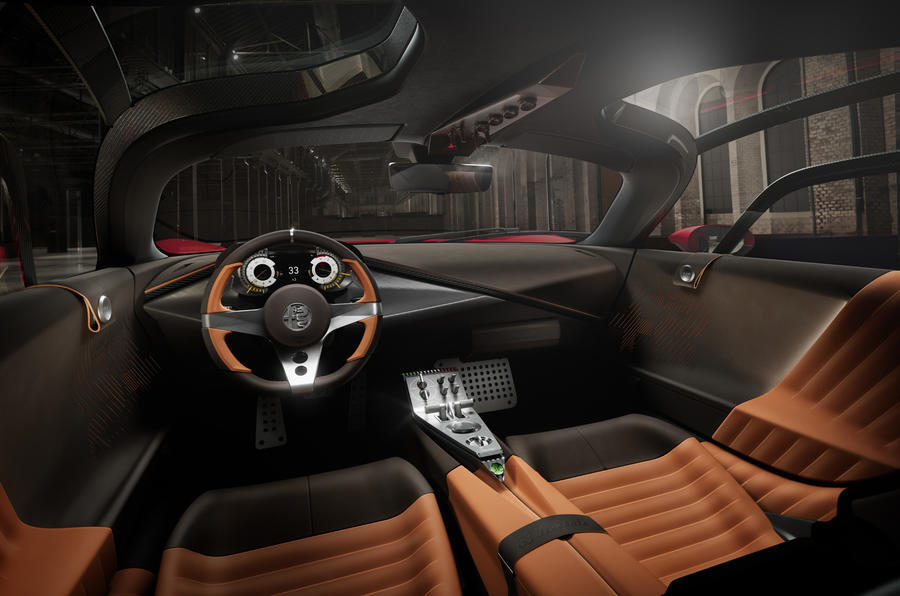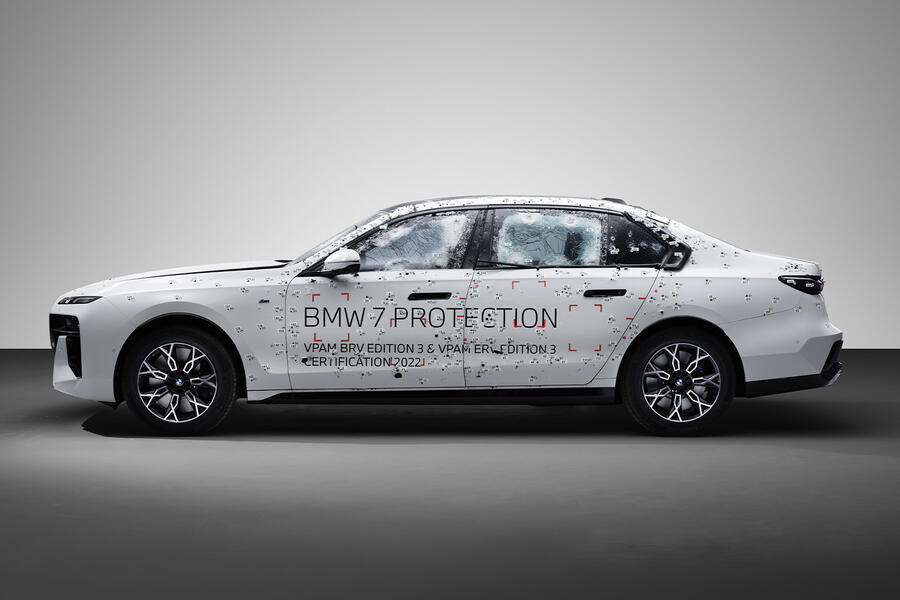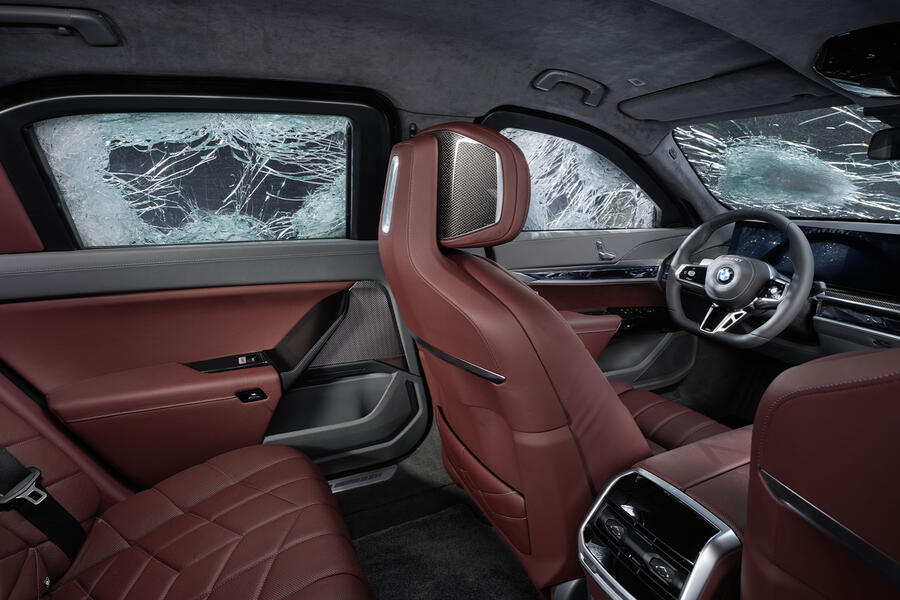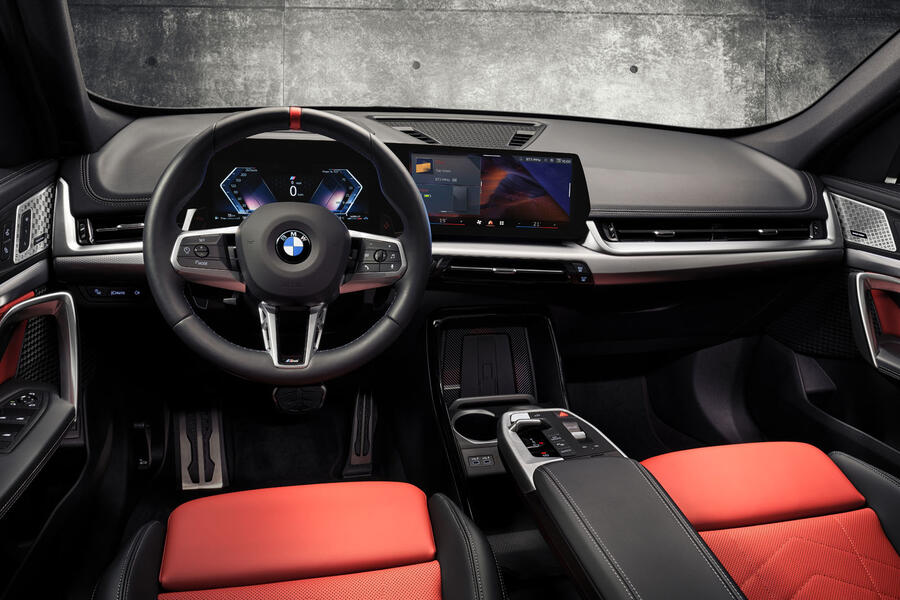The latest addition to the Alfa Romeo lineup, the 33 Stradale, is a stunning combustion-powered supercar. In order to keep the weight at a minimum, Alfa Romeo has utilized carbonfibre for the monocoque chassis and aluminum for the body frame. The window frames also feature carbonfibre, and lightweight door hinges are installed to support the Stradale’s eye-catching butterfly doors.
Alfa Romeo CEO, Jean-Philippe Imparato, expressed his enthusiasm for the new 33 Stradale, stating that the objective was to create a vehicle that honors the brand’s heritage and satisfies the Alfisti community. He further assures that this is not the end, as the 33 Stradale is the first “fuoriseries” car since 1969, with more to come in the future.
When it comes to design, Alfa Romeo has strived to emulate the proportions of the original car as closely as possible. The iconic ‘V’-shaped grille, known as the Scudetto Shield, graces the front of the 33 Stradale. The overall profile is optimized for aerodynamics and reflects the brand’s commitment to both functionality and aesthetic appeal.
A priority was given to improving aerodynamics, which led to the integration of an air intake into the headlights and a rear spoiler that directs air into the side intakes. These features contribute to minimizing drag and enhancing the car’s overall performance. Alfa Romeo intends to carry forward design elements such as the new-style ‘V’-shaped grille, elliptical bonnet, and LED lines in the headlamps to their future models.
The interior of the 33 Stradale boasts a driver-centric layout, utilizing lightweight materials like aluminum and carbonfibre. The extensive use of Alcantara further emphasizes its supercar status. Alfa Romeo CEO, Jean-Philippe Imparato, has previously stated the company’s commitment to driver-focused interiors, and the 33 Stradale exemplifies this commitment. The center console features few buttons, reducing distraction, and a state-of-the-art 3D head-up display, claimed to be an industry-first, serves as the main digital interface.












